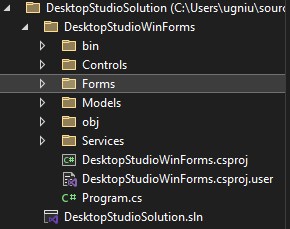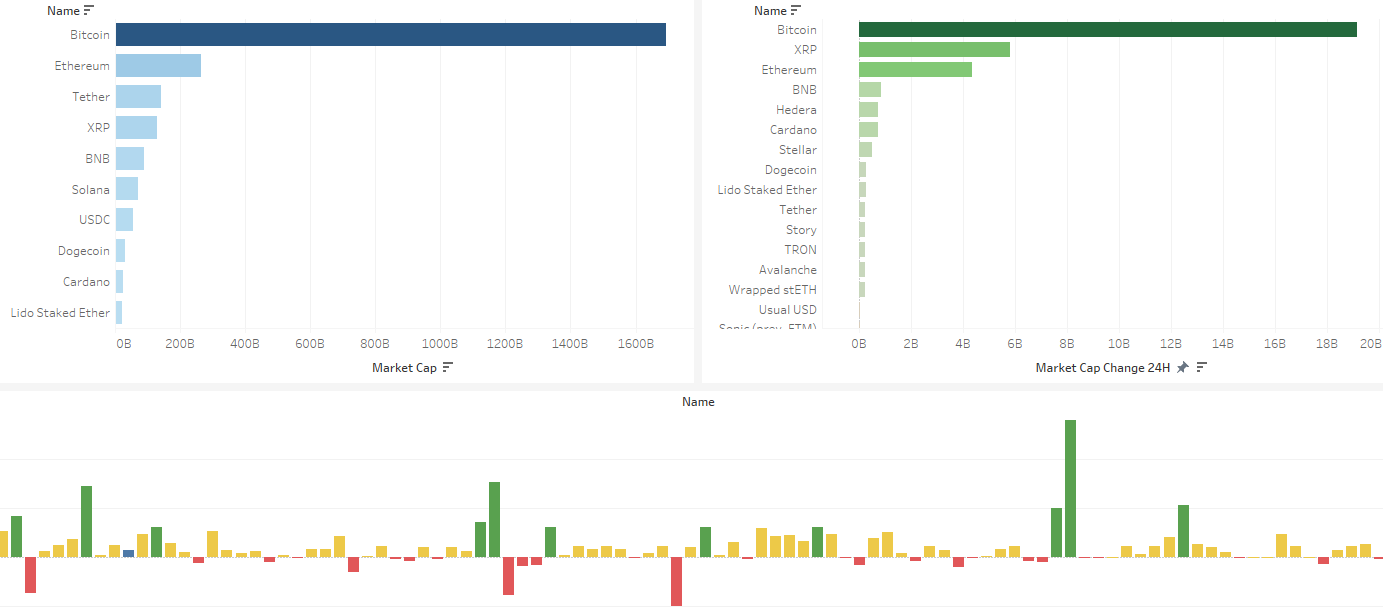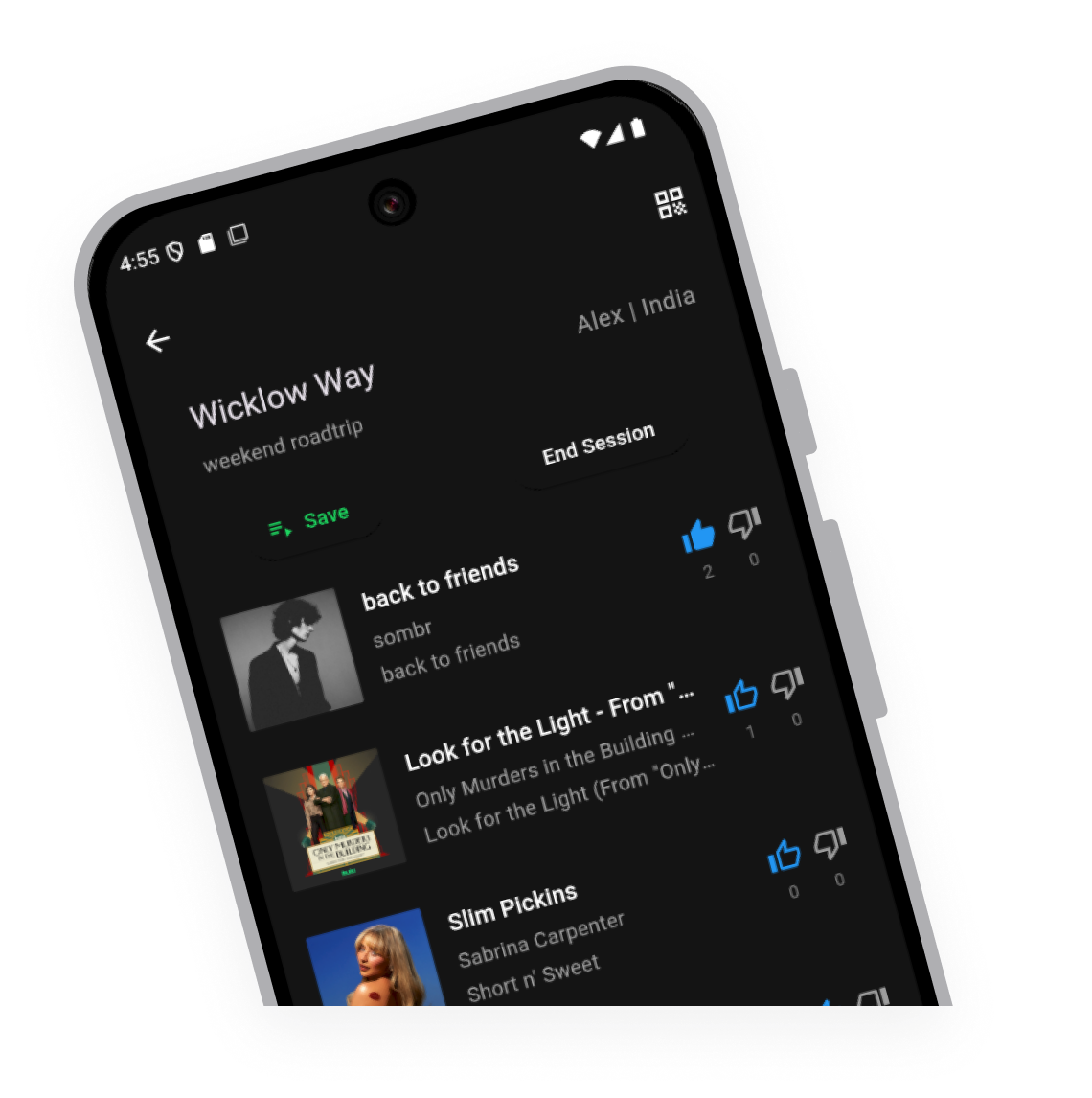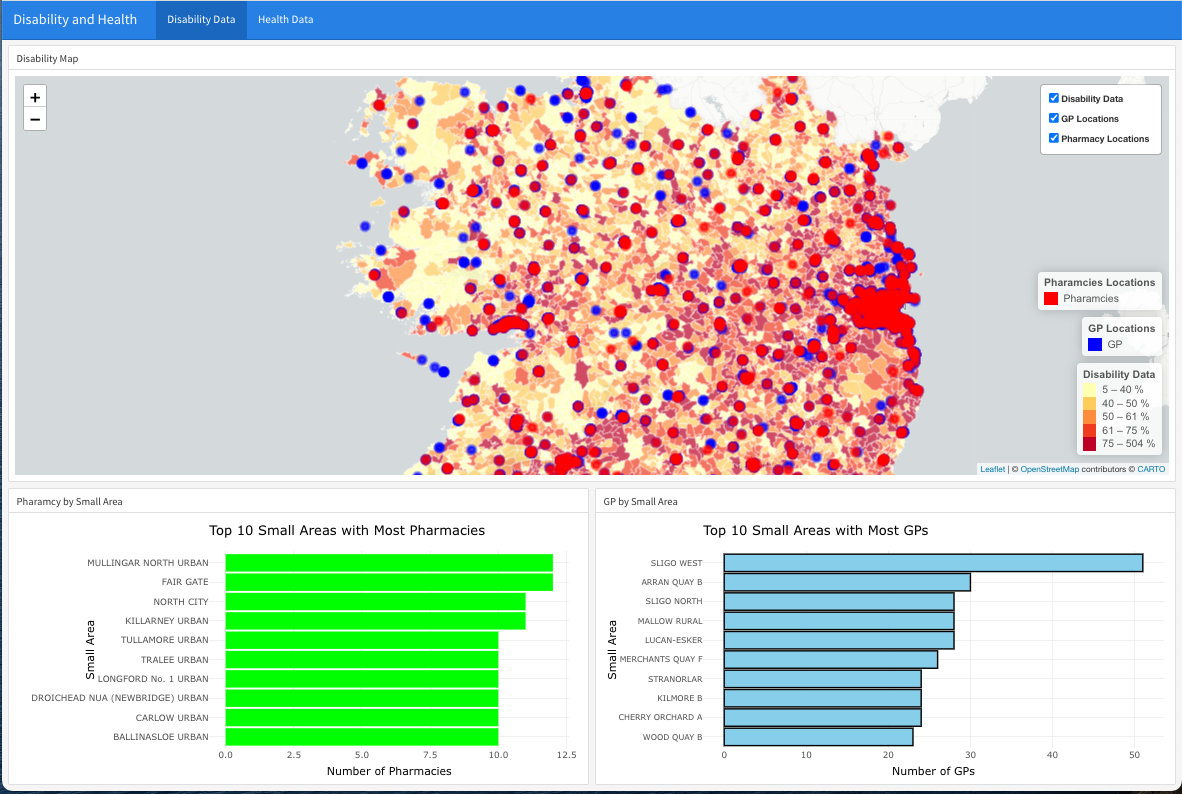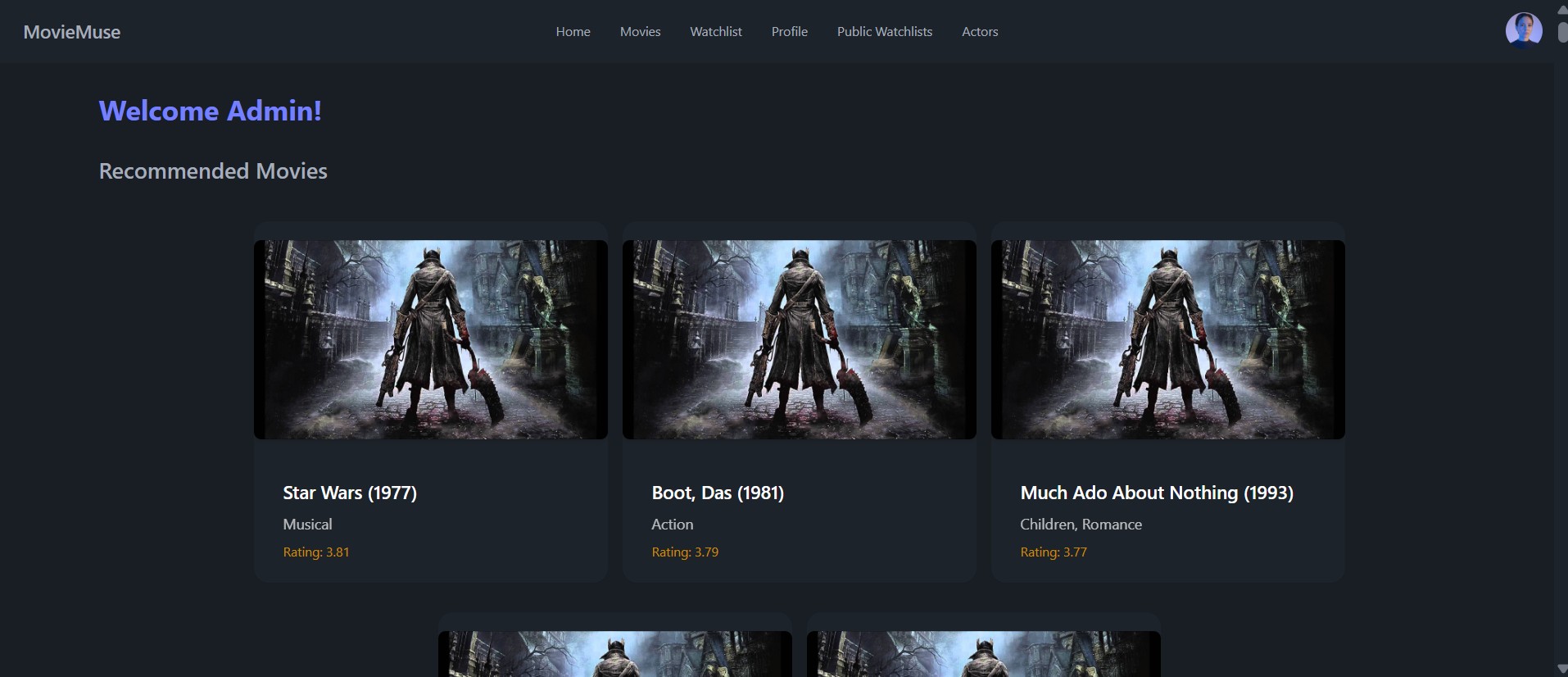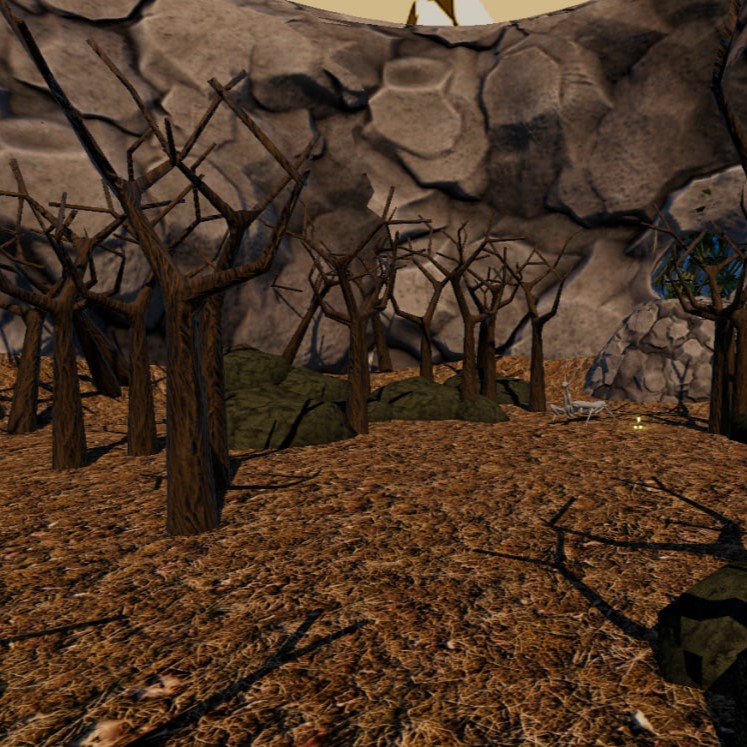
Connor Mattless
DroneLink is a video processing tool created in Python with PyQT. DroneLink integrates machine learning object detection algorithms to detect humans in both live and pre-recorded video. The overall goal of this project was to provide a free, open-source application that could be used by search and rescue (SAR) teams to aid in SAR operations.
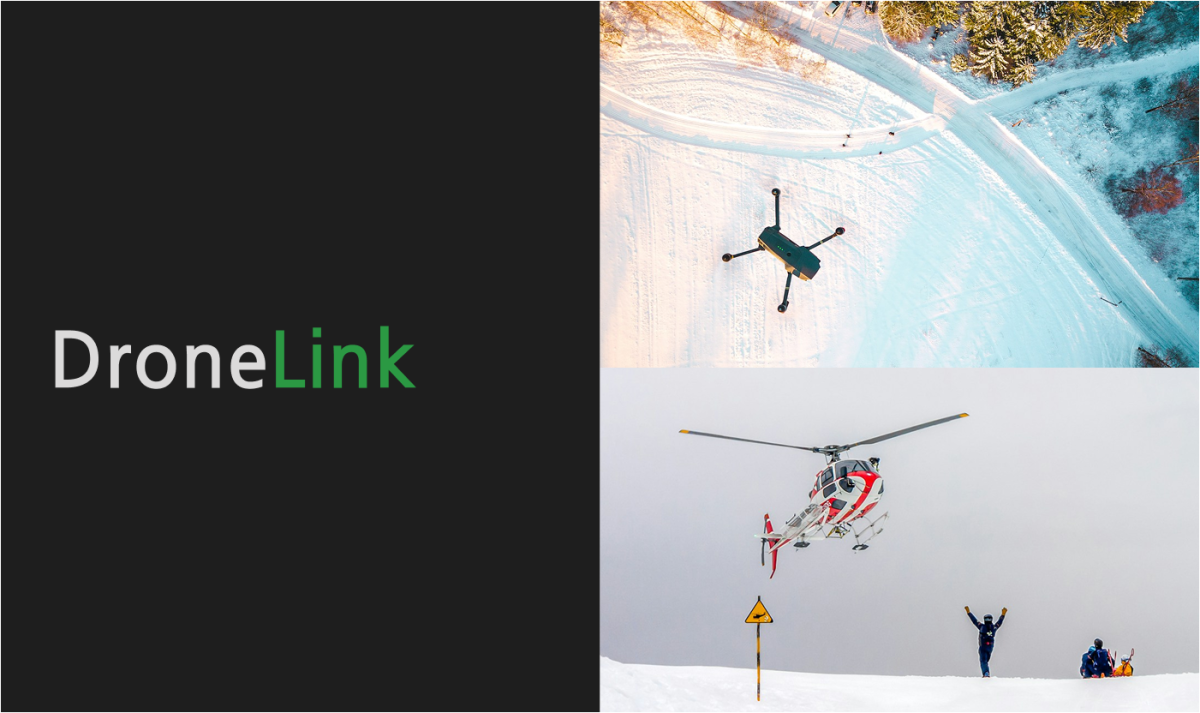

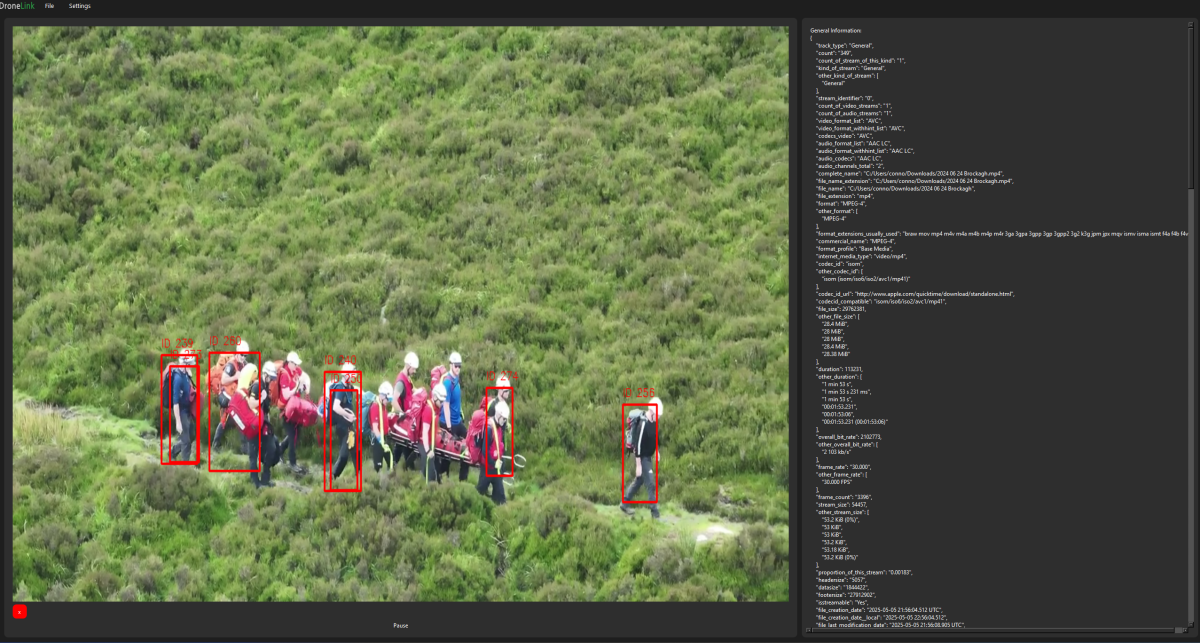
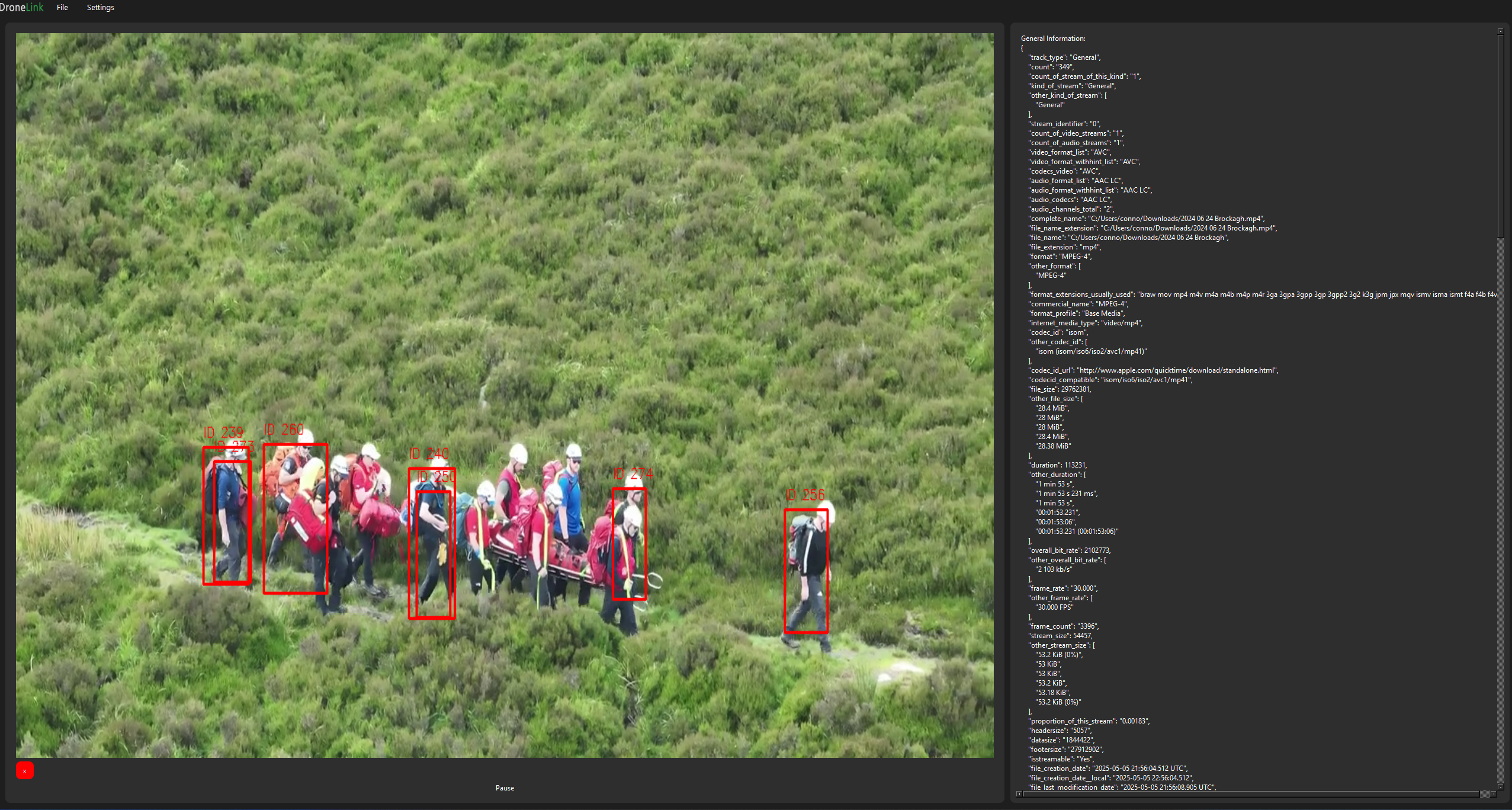
The main goals of this project were to create an affordable, open-source software tool for drone-based search and rescue missions. This involved using AI methods like real-time object detection and tracking—specifically with tools such as YOLO and DeepSORT—to quickly analyse live or recorded drone videos. Another key aim was to allow users to easily extract useful metadata from the videos and produce clear reports, helping teams review and document their missions. Finally, the software was designed to be modular, making it easier to update or expand in the future.
The result of the project included successfully creating a working software application called DroneLink, which could perform real-time object detection and tracking from drone videos using ML techniques such as YOLO and DeepSORT. The software was capable of analysing both live and recorded video streams, accurately identifying and tracking human objects. It also allowed users to easily extract video metadata and export processed footage, which improved documentation and reporting for search and rescue missions. Additionally, the final application was built using a modular design, making it easy to update or add new features later on. Overall, the tool proved effective, user-friendly, and adaptable for real-world search and rescue operations.
This thesis covers the research, design, and implementation of the DroneLink project, an accessible, drone video processor that integrates real-time video object detection. The research phase of the thesis focused on understanding the core principles of machine learning, inparticular, Convolutional Neural Networks (CNNs), and evaluates the strengths and weaknesses of current object detection models such as YOLO and SSD.
The thesis also covers the technical implications of implementing computationally heavy processes in a Python - PySide 6 application, explaining how signal-slot patterns were used to decouple the processing from the user interaction and how the software utilises multi-threading/processing to maintain responsiveness and performance while processing video feeds.

Hi, I'm Connor. I am a 4th year Creative Computing student. I have a particular interest in embedded programming and open source software. During my studies at IADT I have worked on a wide range of projects from full stack web applications to data visualisation and machine learning.


